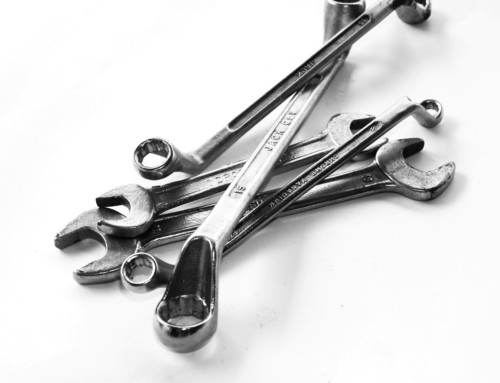Understanding who owns the storeroom processes and stocking strategy
 There are two different perspectives on the maintenance storeroom. These perspectives are on who owns the operation of the storeroom. Some believe that Maintenance owns the storeroom and the operation of it. Others believe it is Procurement, or potentially Logistics or Warehousing. Some organizations require the storerooms to be operated by a consistent group, while others leave it up to the site.
There are two different perspectives on the maintenance storeroom. These perspectives are on who owns the operation of the storeroom. Some believe that Maintenance owns the storeroom and the operation of it. Others believe it is Procurement, or potentially Logistics or Warehousing. Some organizations require the storerooms to be operated by a consistent group, while others leave it up to the site.
Regardless of the approach, there are many different advantages and disadvantages to any of the approaches. There is no right way; there is only the way that works for your organization. However, some specifics must be considered when establishing who owns the storeroom, its business processes and the purchasing of the parts.
Maintenance Needs to Define the Material Needs
The goal of the maintenance department is to define the equipment strategy, including any material requirements. Stating material requirements is not as simple as “have these in stock.” The material requirements need to be defined in a way that states the average consumption rate, consequences if the part is not in stock, and how much lead time will be provided when the part is required.
Why is this required? It enables procurement to make the right decisions in what to stock, what to have suppliers keep on their shelves, and how much to stock. Remember, that just because we may need a part, it does not mean that it has to be kept in stock. This is where Procurement’s expertise comes in. They know how to manage stock and ensure it is available when it is required.
Quality of Spare Parts
As with the material needs, the quality specification of the part needs to be defined. Procurement will source parts based on the information provided. So if you provide them only a bearing number, they will source the cheapest part. However, if you provide specifications related to quality and performance, Procurement will use that to find the cheapest part that meets the specification.
Procurement may challenge the need for the quality or performance specifications, and they should, as that is their role. So before you provide quality and performance specifications, make sure they are justified.
Responsibilities Need to be Defined
When the storeroom has multiple functions involved (maintenance and procurement), it is vital that each group understands where their responsibility starts and ends. This needs to be mapped out via a RACI chart. For example, if maintenance needs to define the part requirements in the CMMS, and Procurement is responsible for reviewing the demands via a replenishment report, that needs to be defined.
Use Service Level Agreements
Again, when multiple functions are involved, there need to be clear expectations of what is involved and how long the activities should take. Using the example above, a service level agreement may state that Maintenance needs to provide the material description, manufacturer, part number and specifications in the CMMS, while Procurement has to process any part requests in 24 business hours.
So What Approach is Best?
So who should own the storeroom? I believe that it should be a collaborative effort leveraging the strengths of each group to accomplish the goals of the storeroom. This means having Maintenance, Procurement, and any others involved work together, regardless of who owns the storeroom.
Who owns the storeroom in your organization? What are the advantages and disadvantages of the current setup?
If you need help in educating your staff on MRO best practices, please contact [email protected] for assistance. Eruditio offers the unique iBL (inspired blended learning) curriculum that separates their training apart from all others.
I’m James Kovacevic
Principal Instructor at Eruditio
Where Education Meets Application
Follow @EruditioLLC
Follow @ReliableJames
Follow @EruditioLLC
References;

